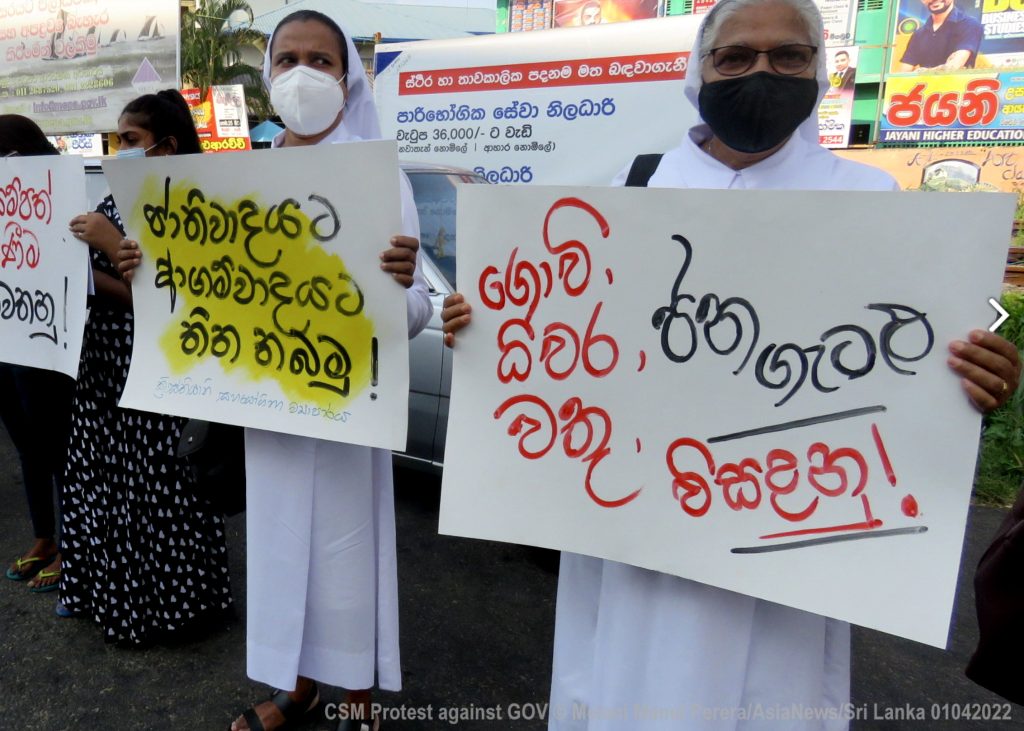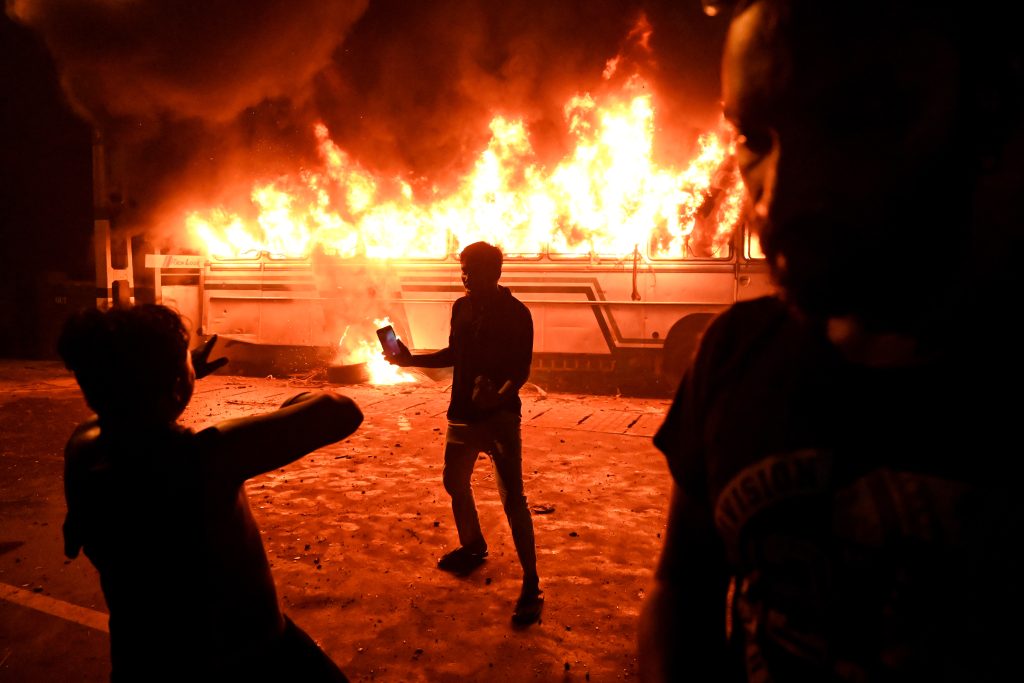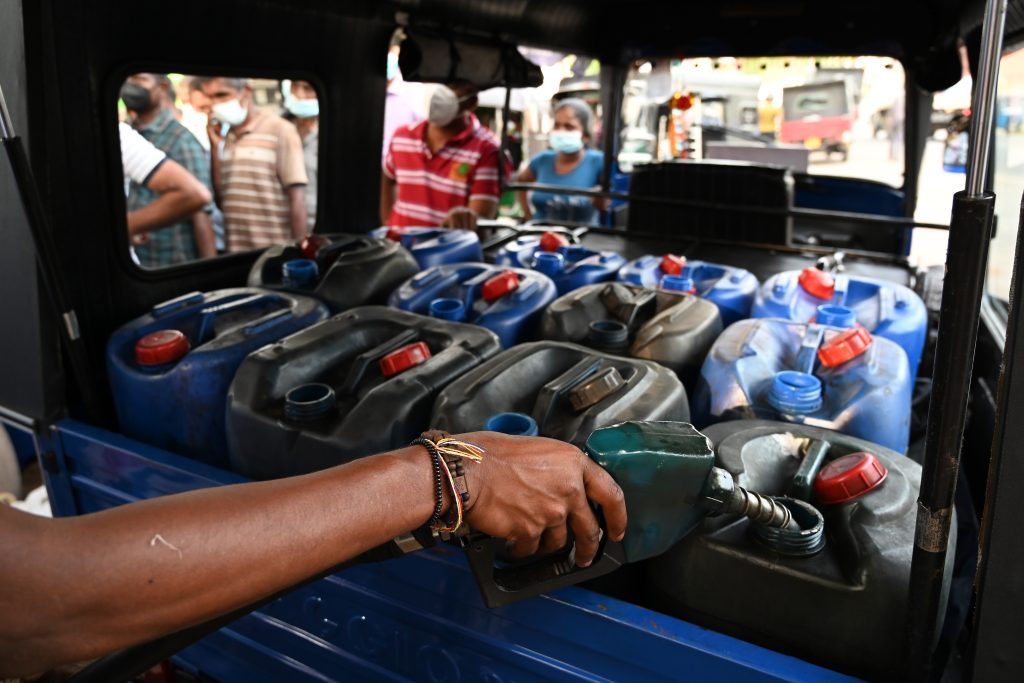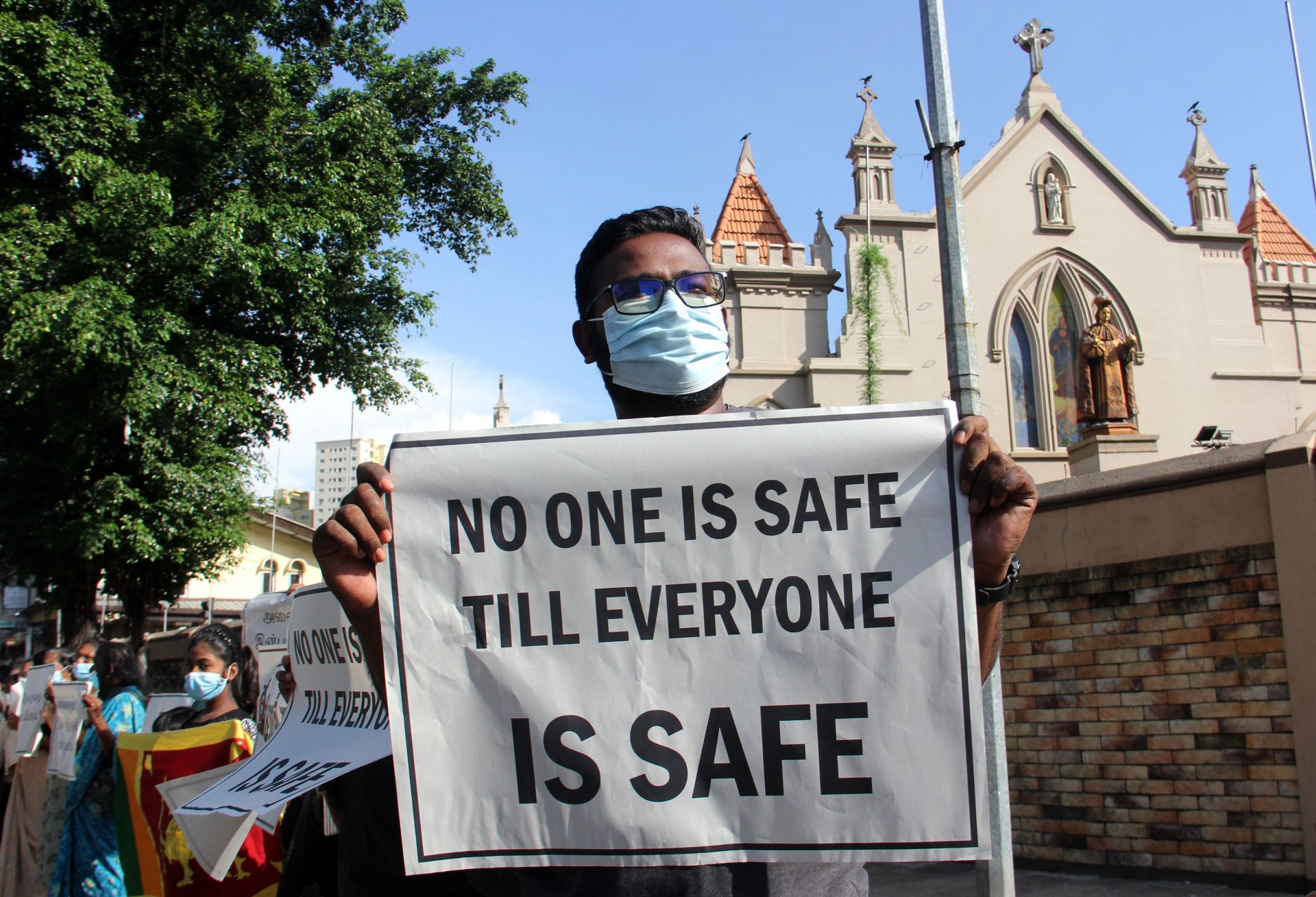Caritas Seth Sarana, the social action arm of the Archdiocese of Colombo in Sri Lanka, has launched a Lenten fundraiser to support school children and young people most affected by the coronavirus pandemic.
“This year’s special attention (of the Lenten campaign) is devoted to the education of children who have lost their parents in the COVID-19 pandemic,” said Father Lawrence Ramanayake, Caritas director.
He said part of the Lenten offerings will go to teachers who, as volunteers, have dedicated their time to children especially in the midst of the economic crisis the country is facing.
Father Ramanayake said Caritas is doing its best to put the Word of God into action, “placing the least in the first place.”
This year’s campaign, which carries the theme “May my cry come before you, Lord,” proposes that each family make a donation during the season of Lent, especially during the Holy Week.
The offerings will then be used by the Church for its works of charity and development works.
A report on AsiaNews noted that due to the economic situation in the country some Catholics are unable to help due.
“We are going through a very troubled period,” said Matilda Ratnayake, a mother of three small children. “I don’t know when we will be able to breathe peacefully,” she said.
Milroy Dhanushka, who also has three children, said that “despite the difficulties, I decided to contribute.”

Sri Lanka defaults on foreign debt
Sri Lanka announced on Tuesday that it is defaulting on its US$51 billion foreign debt as the island nation grapples with its worst economic crisis in memory.
Acute food and fuel shortages, as well as long daily electricity blackouts, have brought widespread suffering to the country’s 22 million people in its most painful downturn since independence in 1948.
The government has struggled to service foreign loans and Tuesday’s decision comes ahead of negotiations for an International Monetary Fund bailout aimed at preventing a more catastrophic hard default that would see Sri Lanka completely repudiate its debts.
“We have lost the ability to repay foreign debt,” Sri Lanka’s Central Bank governor Nandalal Weerasinghe told reporters in Colombo.
“This is a pre-emptive negotiated default. We have announced (it) to the creditors.”
Officials say the move will free up foreign currency to finance desperately needed food, fuel and medicine imports after months of scarce supplies.
Just under half of Sri Lanka’s debt is market borrowings through international sovereign bonds, including one worth US$1 billion that was maturing on July 25.
China is Sri Lanka’s largest bilateral lender and owns about 10 percent of the island’s foreign debt, followed by Japan and India.
The government has borrowed heavily from Beijing since 2005 for infrastructure projects, many of which became white elephants.
Sri Lanka also leased its strategic Hambantota port to a Chinese company in 2017 after it became unable to service the US$1.4 billion debt from Beijing used to build it.
This sparked concerns from Western countries and neighbour India that the strategically located South Asian nation was falling victim to a debt trap.
Chinese foreign ministry spokesman Zhao Lijian said Tuesday’s default would not stop Beijing from lending support to Sri Lanka’s beleaguered economy.
“China has always done its best in providing assistance to Sri Lanka’s economic and social development. We will continue to do so in the future,” he said.

‘Frightened of the future’
Sri Lanka’s snowballing economic crisis began to be felt after the coronavirus pandemic torpedoed vital revenue from tourism and remittances.
The government imposed a wide import ban to conserve dwindling foreign currency reserves and use them to service the debts it has now defaulted on.
But the resulting shortages have stoked public anger. At least eight people have died while waiting in fuel queues since March 20, with two of the deaths reported on Monday.
“It’s been depressing to be so frightened of the future and where it’s going,” protester Vasi Samudra Devi told AFP at an anti-government rally in Colombo Monday.
“There are already people who are suffering… We are all here because we are being affected by the economic problems.”
Crowds have attempted to storm the homes of government leaders and security forces have dispersed protesters with tear gas and rubber bullets.
Thousands of people were camped outside President Gotabaya Rajapaksa’s seafront office in the capital Colombo in the fourth straight day of protests calling for him to step down.
Economists say the crisis has been made worse by government mismanagement, years of accumulated borrowing and ill-advised tax cuts.
International rating agencies also downgraded Sri Lanka last year, effectively blocking the country from accessing foreign capital markets to raise new loans.

‘Last resort’
Sri Lanka’s finance ministry said Tuesday’s default was “a last resort in order to prevent further deterioration of the republic’s financial position”.
Creditors were free to capitalise any interest payments due to them or opt for payback in Sri Lankan rupees, the ministry added.
The government is seeking around US$3 billion in IMF support over the next three years to revive the economy, finance minister Ali Sabry told parliament on Friday.
Ministry officials told AFP last week the government was preparing a programme for sovereign bond holders and other creditors to take a haircut and avoid a hard default.
Sri Lanka had sought debt relief from India and China this year, but both countries instead offered more credit lines to buy commodities from them.
Estimates showed Sri Lanka needed US$7 billion to service its debt load this year, against just $1.9 billion in reserves at the end of March.
AXA Investment Managers analyst Claire Dissaux told AFP that markets had already priced in an anticipated default, despite the government’s efforts to remain solvent.
“Sri Lanka has shown a willingness to pay right up to the last minute, even to the detriment, the expense of its people,” she said. – with a report from AFP







